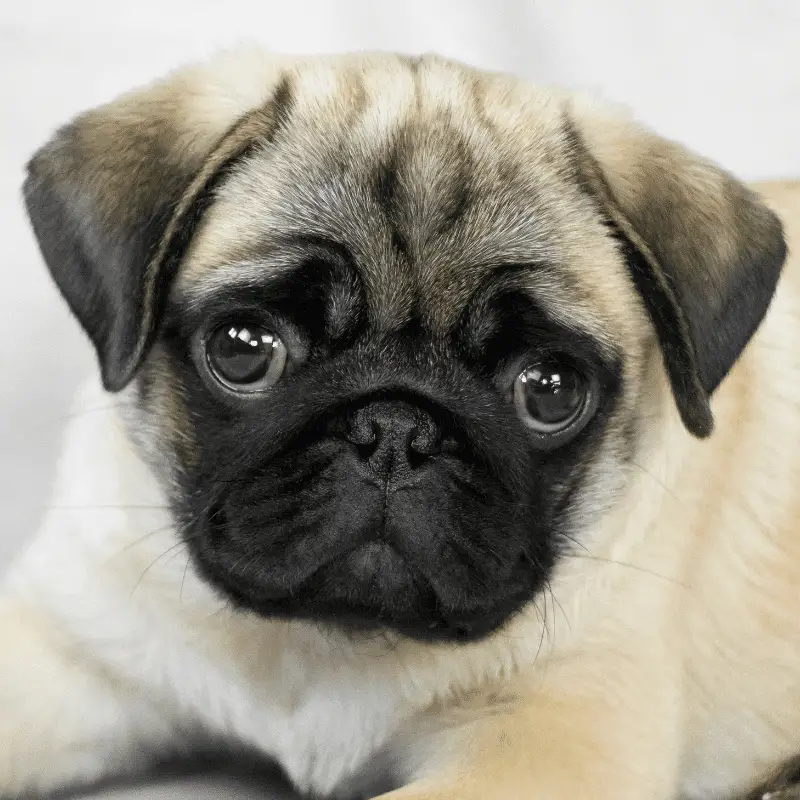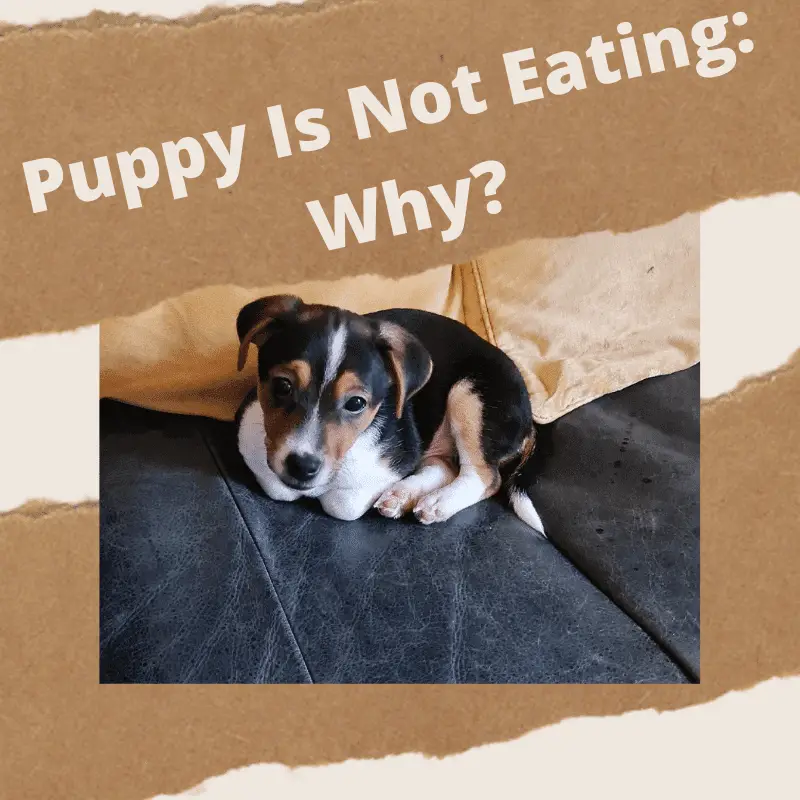The runt of the litter is the smallest and weakest animal in a group. Being the runt can be difficult for the animal because it may be rejected by its mother or have health problems.
If you plan to pick a runt pup, it’s best to remain informed. A runt puppy’s size and weight are always much smaller than the healthy level of the respective breed.
Parameters To Define A Runt
It has been seen that the parameter to qualify a puppy as a runt is very blurry. Therefore, different interpretations have been made for it. However, some parameters that increase the chances of a runt are mentioned below:
Health: If any dog is not in good health or is too young or even too old would probably give birth to a weaker litter.
Dog Breed: It’s known that more giant breeds tend to have many litters. Hence, the nutrients get thinly spread among the puppies. When any puppy doesn’t get the proper nutrition, it will become weak.
Why are the runt puppies small in size?
Some theories for the runt being small. They are:
Congenital Disability: Any congenital disability would impact the growth stage of the puppy. Hence, this might cause a pup to remain smaller than its other siblings.
Less Nutrition: Some believe that the runt might not have received its mother’s proper amount of nutrients while in the uterus. Hence, they became weaker compared to the other siblings.
Competition: After birth, the weaker runt puppy in a litter will have a more challenging time competing for food, making them less likely to grow as large as the stronger puppies.
Will a runt stay small always?
The answer to this question depends on the reason for the puppy becoming a runt. For instance, pups with congenital disabilities are usually small, and they would remain small till the defect gets fixed. Similarly, a puppy might be small because of malnutrition while in the mother’s womb. However, the puppy could grow when it gets more access to nutritious food away from the litter.
What Happens to A Runt When They Are Born?
A runt is likely to have a lower chance of survival. Often, they will need the care and love of their mother or the breeder to survive. However, sometimes they are rejected by their mother dog.
There is no denying that all newborn puppies depend on their mothers for survival. But, depending on the number of runts in a litter, it is challenging for the mother to give equal attention to all. When a mother rejects the runt, the breeder needs to step in.
Looking After a Rejected Runt Puppy
To help the runt pup grow properly, a breeder must carry out the following on a rejected puppy. They are:
Help Them with Feeding
Colostrum is crucial in the first 48 hours of the baby’s birth as it aids in the puppy’s immunity and better health. When the runt gets rejected by its mother or fails to gain proper weight, it will need to be fed a special diet. If you think that a puppy has been dismissed by its dog mother, you must take them to the vet as soon as possible, and they will give you the diet plan for the puppy and plenty of advice to keep them healthy and alive.
Recommended Read: Training Treats For Puppies 8 Weeks Plus. (Homemade)
What is Colostrum?
Colostrum is the first form of milk produced by the mammary glands immediately after giving birth. The mother generates this type of milk essential to the puppies’ health in the early stages of growth.
Colours and constancy
- Thick yellowly colour
Keeping Them Warm
It is crucial to keep the puppy warm. The area near the mother’s tail is usually the warmest. It would be good to keep the runt pup closer to that area. However, in a rejected runt pup, you could use heating pads. The temperature should initially be around 85-90°F (29.5-32°C). The temperature should be decreased with increasing age. However, the vet will give you more information on this.
Toileting
Doggies can’t go toilet on their own; the mother would invigorate them to dispose of themselves by licking. You might have to rub the region to encourage them to go.
Recommended Read: When Do Puppies Open Their Eyes? (Care Guide)
Do all litters have a runt?
Not all litters have a runt. A runt is the usually smallest member of a litter, but not all newborn puppies in a litter are small enough to be considered a runt. If the puppy is close to the weight of its other siblings and healthy, then it is not a runt. However, if the puppy is underweight and won’t be able to compete with its siblings for food and other things, then it would be considered a runt.
The Disadvantages of a Runt
The weakest member of a litter of puppies is a runt. The runt puppy will struggle to get the desired nutrition to survive healthily. Hence, they do have some disadvantages.
Learn about the disadvantages listed below.
Nursing Difficulty
Nursing a runt would be a challenging task for a mother with too many litters. Within the first 48 hours of birth, the puppies need to get colostrum. Naturally, the weakest, a runt, would find it hard to latch onto its mother to suck the milk. With poor immunity survival chance of the runt becomes challenging.
Mothers Ignore Them
How sad it sounds, but sometimes the mother tends to avoid the runt and tends to the healthier babies, knowing that the runt won’t be able to survive for long in this world.
More Prone to Ailments
Runts are more likely to suffer from many health problems as their immune system is weak. Often, their health issues could be mild, severe, or life-threatening.
Are the runts of a puppy litter always rejected?
A runt puppy is not always rejected. There are instances where one sees the mother taking good care of her runt puppy. But sometimes, the mother might reject the puppy if it feels that it can’t survive like the rest of the littermates.
Recommended Read: When Do Puppies Start Teething? (Teething Stages By Age)
Is the runt of a puppy litter hard to train?
Training a runt is not more challenging than training any other pups. Training becomes easy or complex based on the factors such as the dog breed and your ability as a trainer. Temperament also plays a role in training rather than being the runt of the litter.
Conclusion
I hope you now have a better understanding of what makes a runt of a litter and that they can be trained the same as any other dog. I had a Jack Russell Terrier who was the runt of the litter, and she lived a long and happy life. However, she did stay small in size but was healthy. If you are about to welcome a runt or any puppy into your family check out what you need to prepare for the exciting arrival day.












